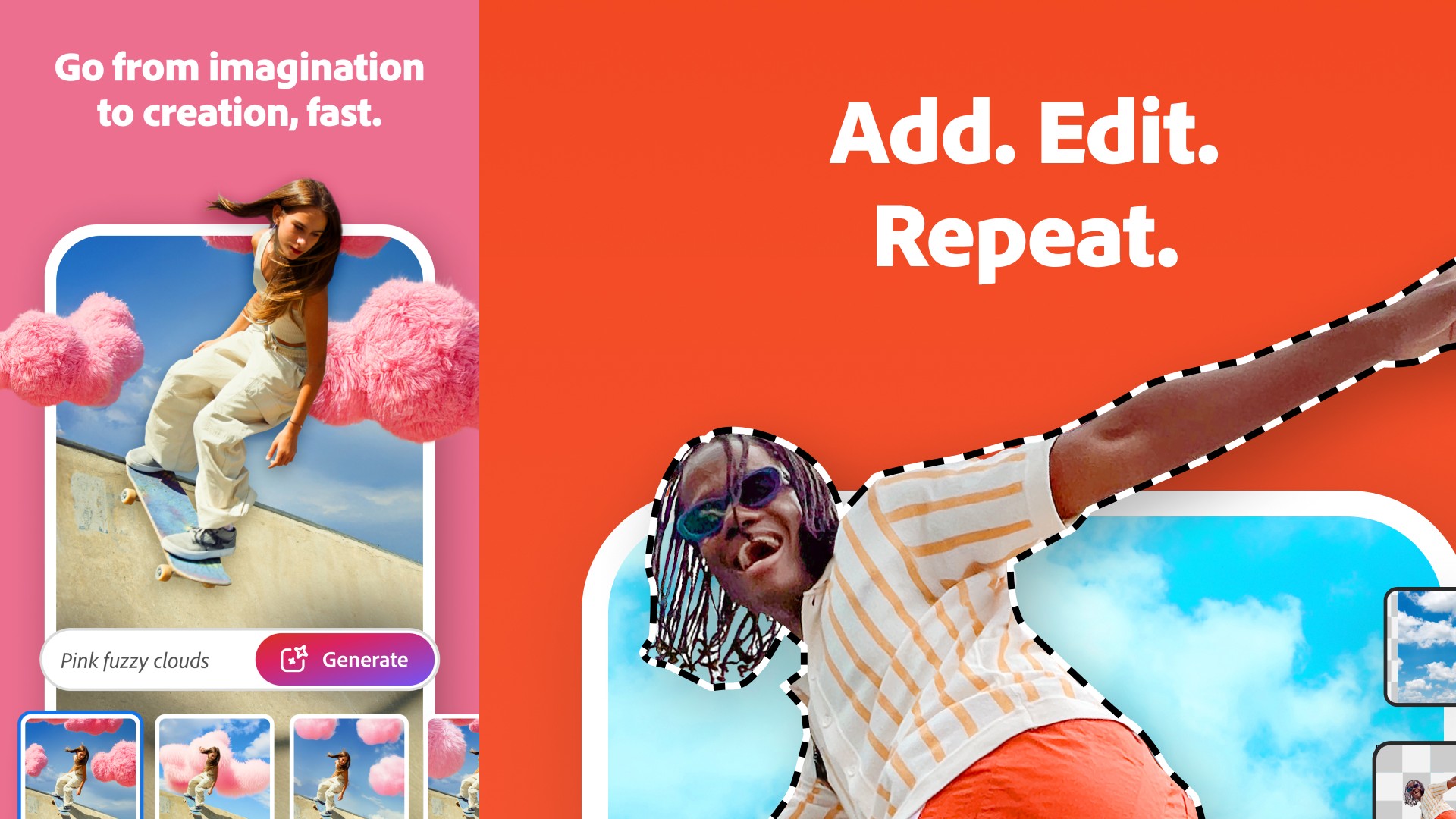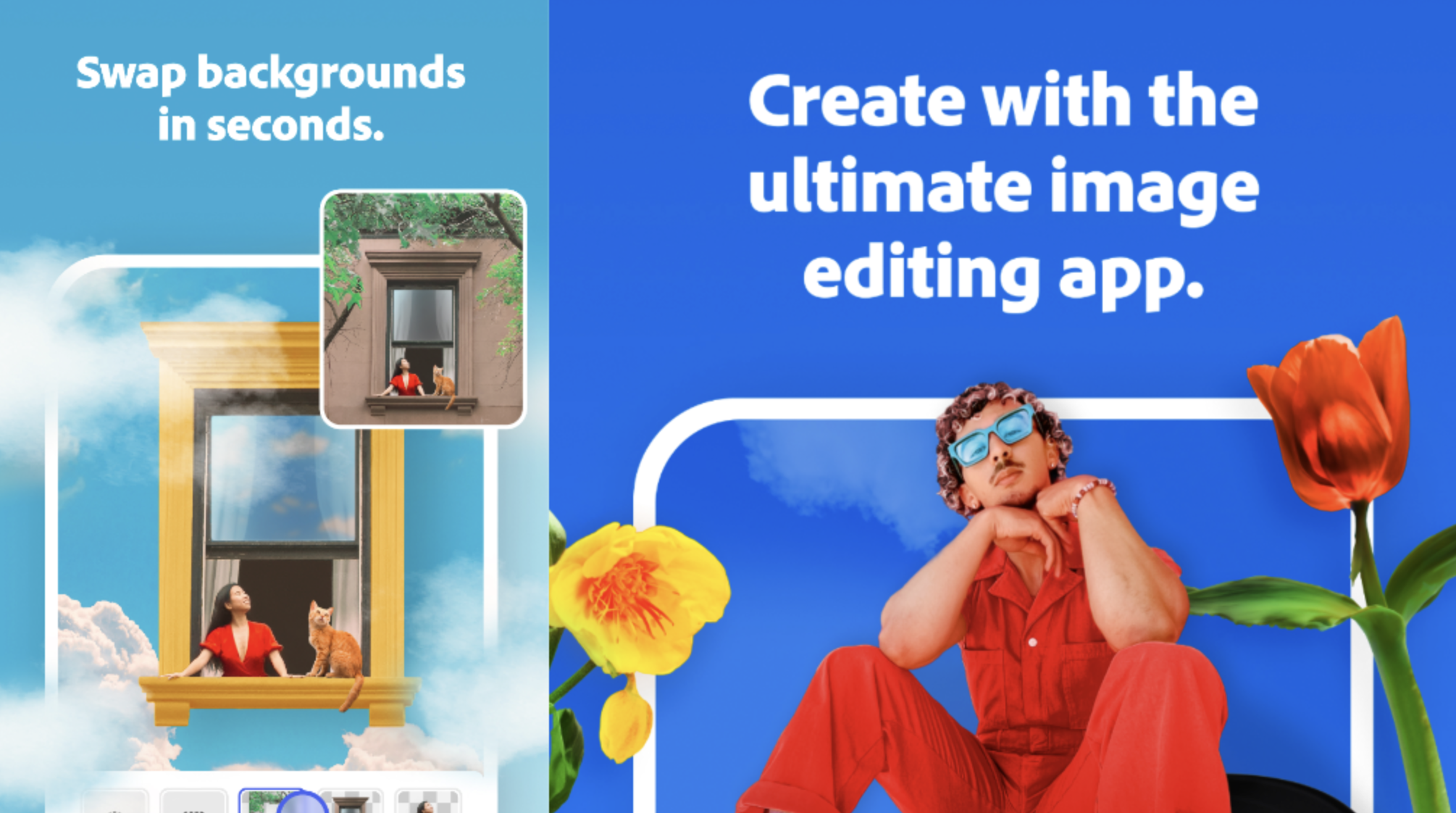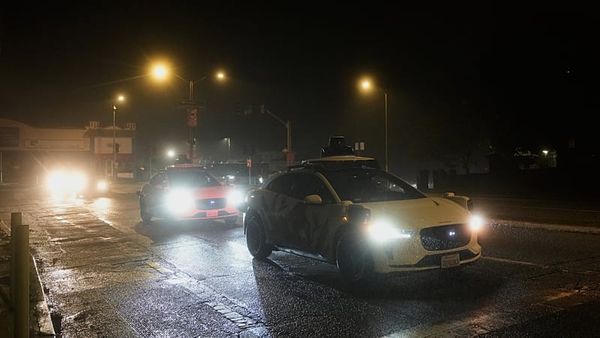
Today, Adobe officially launches Photoshop on Android phones in beta. This follows the arrival of Photoshop on iPhone back in February, but with less fanfare and less overall excitement. And to this veteran tech writer, that's not hugely surprising.
The pattern runs something like this. Major software company ignores the platform that most people actually use. They promise an Android version will be "coming soon" and that's all we know for months on end. Then they quietly release the Android version, and much of the design press performatively reports the fact, but doesn't really care about it, or comment on it in detail, even though some of the best tablets are Android.
Meanwhile, if Apple had announced a new way to organise your emoji collection, we'd have 17 think pieces about how it's revolutionising creative expression by teatime. Because, well, all creatives use iPhones, right?
Obviously, in the real world, that's not remotely true. We all have colleagues, friends and partners with Samsung, Google Pixel and other Android handsets. You may be one of them. And that's not surprising when you consider that Android holds roughly 70% of the global smartphone market – and many of the best camera phones. Yet somehow, much the creative industry has convinced itself that "mobile design" means "iPhone design," and everything else is an afterthought.

Attend any conference, scroll through any creative Twitter thread, listen to any creative podcast and you'll find endless discussions about iOS updates, iPhone camera improvements, and how the latest Apple event will change everything.
Android? Crickets. It's as if Samsung, Google, OnePlus and the rest are manufacturing phones for an invisible parallel universe.
Why mobile Photoshop matters
But let's get back to Adobe. Their Photoshop app launched on iOS earlier this year to considerable fanfare, and rightfully so. It's genuinely impressive what they've managed to cram into a mobile app. But for those of us in the Android camp, it's been a case of watching from the sidelines whilst everyone else gets to join the party.
Thankfully, though, the bouncer has now let us in past the red ribbon, and it's definitely a party worth attending. Because being able to access Photoshop on mobile has the potential to fundamentally change how we think about creativity and productivity.

The iOS version has already demonstrated that you can do serious photo editing on a phone, not just Instagram-style filters and basic adjustments. We're talking about almost everything in our Photoshop tutorials list: proper layers, sophisticated selection tools, healing brushes and content-aware fill; the full arsenal of professional photo editing, optimised for touch.
For creatives, this represents a genuine shift in workflow possibilities. How many times have you been out and about, spotted something that needs fixing in a project, and had to wait until you're back at your desk to sort it out? With proper Photoshop on your phone, that friction disappears entirely.
Practical magic
Let me paint you a picture of how this might change things in real terms. You're at a client meeting, discussing a campaign poster, and they point out that the model's jumper clashes horribly with the background. Previously, you'd nod sagely, make notes, and promise to fix it back at the studio. Now? You can fire up Photoshop, adjust the colour balance or even replace the entire background whilst you're still in the room. Client happy, project moving forward, no additional round trips required.
Or consider the photographer's nightmare: you've just finished a location shoot, you're reviewing images on your phone, and you spot that one perfect shot has a glaring distraction in the background: a stray crisp packet, a random pedestrian. Instead of mentally filing it under "fix when I get home," you can clone it out immediately, share the cleaned-up version with your client, and get approval on the spot.

The speed benefits are enormous. Quick colour corrections, removing unwanted elements, adjusting exposure, fine-tuning composition; all of this can happen in dead time that would otherwise be wasted. Waiting for a train? Perfect time to process yesterday's photos. Client running late for a meeting? Ideal opportunity to make those final tweaks to the presentation graphics.
Game-changer
The real game-changer, though, isn't just about doing existing tasks faster; it's about enabling entirely new ways of working. When professional editing tools are always in your pocket, you start approaching projects differently. You become more experimental, more willing to capture rough ideas knowing you can refine them immediately.
Street photographers can process and share their work in real-time. Designers can iterate on concepts without being tethered to their desks. Social media managers can create properly polished content on the fly, rather than making do with basic phone editors that leave everything looking amateurish.
In short, creative possibilities multiply when the tools become truly portable. So yes, Photoshop coming to Android is a big deal. It's about time the platform that actually dominates the mobile market got treated like it matters. And for the millions of Android-wielding creatives who've been waiting patiently, it's about blinking time too.
The creative world is about to get a lot more interesting... and a lot more inclusive. So I'd urge all Android users to download Photoshop today from the Google Play Store. It is, after all, completely free.
For more, explore the Creative Cloud – there's currently 50% off, see our Adobe Creative Cloud discounts post and the deals we've found below:







